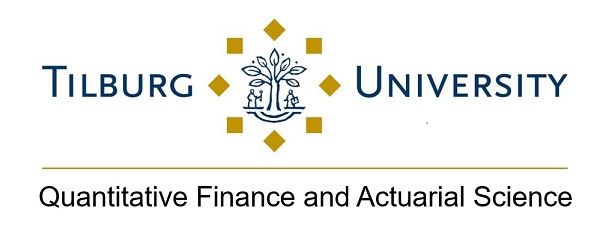Speaker: Nikolaus Schweizer, Tilburg University
Title: Performance measurement with the Omega ratio: Some pitfalls and how to avoid them
Abstract: The Omega ratio is a risk-return ratio which compares the expected gains above a given threshold to the expected losses below it. Ever since its proposal by Keating and Shadwick (2002), ranking risky prospects by the Omega ratio has been a popular alternative to utility-based approaches on the one side and simplistic criteria like the Sharpe ratio on the other. Especially practitioners have found it useful to plot Omega ratios against the threshold, interpreting the resulting rankings in terms variations in risk appetite. In this presentation, I will show that some care is necessary to make sure that rankings based on the Omega ratio are consistent with rational, risk-averse preferences. Moreover, I will show that the interpretation of the threshold parameter in terms of risk appetite is only valid under somewhat restrictive conditions. However, similar conditions are needed for utility-based performance criteria as well.
This presentation is based on two papers:
S. Balder & N. Schweizer. Risk aversion vs. the Omega ratio: Consistency results, Finance Research Letters, 21, p. 78-84, 2017.
A.G. Balter, K.W. Chau & N. Schweizer. Comparative Risk Aversion vs. Threshold Choice in the Omega Ratio, Omega, 123, 102992, 2024.
